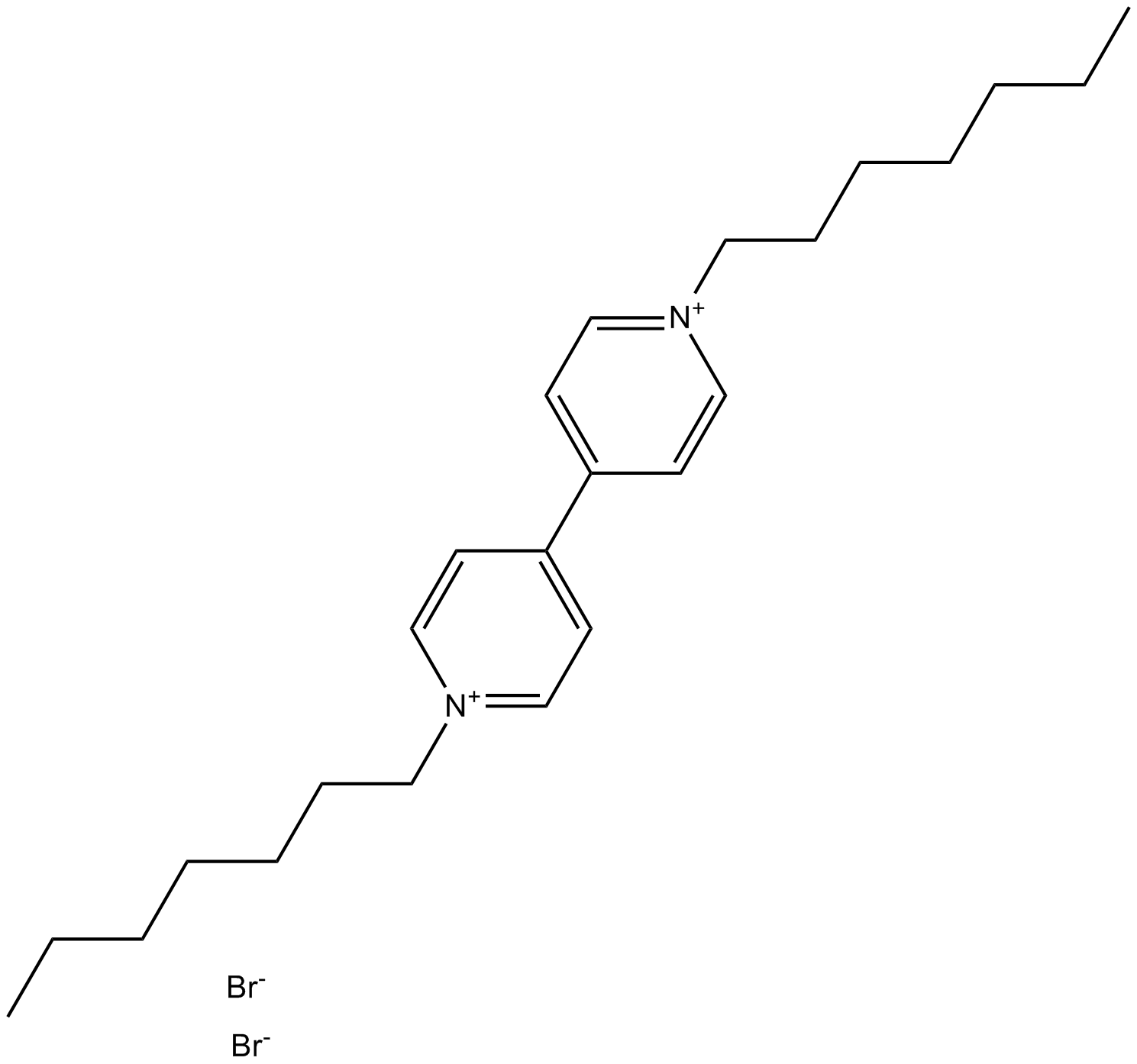DHBP dibromide |
| Catalog No.GC10786 |
ryanodine receptor blocker
Products are for research use only. Not for human use. We do not sell to patients.

Cas No.: 6159/5/3
Sample solution is provided at 25 µL, 10mM.
DHBP dibromide is an inhibitor for calcium release and a muscle relaxant.
DHBP inhibits the calcium release induced by 2 mM caffeine and 2 μg/mL polylysine with an IC50 value of 5 μg/mL and 4 μg/mL, respectively. DHBP inhibits [3H]-ryanodine binding in a dose-dependent manner with an IC50 of 2.5 μg/mL and 90-100% inhibition at 20-30 μg/mL. Calcium uptake by SR is inhibited in the presence of caffeine and this inhibition is antagonized by concomitant addition of DHBP. Muscle twitches elicited by direct electrical muscle stimulation and contractions induced by either 10 mM caffeine or 1 fLM ryanodine are blocked by pretreatment with DHBP. DHBP blocks the calcium release from SR by direct interaction with the calcium release channel, also known as the ryanodine receptor[1].
References:
[1]. Kang JJ, et al. Effects of bipyridylium compounds on calcium release from triadic vesicles isolated from rabbit skeletal muscle. Br J Pharmacol. 1994 Aug;112(4):1216-22.
Average Rating: 5 (Based on Reviews and 4 reference(s) in Google Scholar.)
GLPBIO products are for RESEARCH USE ONLY. Please make sure your review or question is research based.
Required fields are marked with *




















